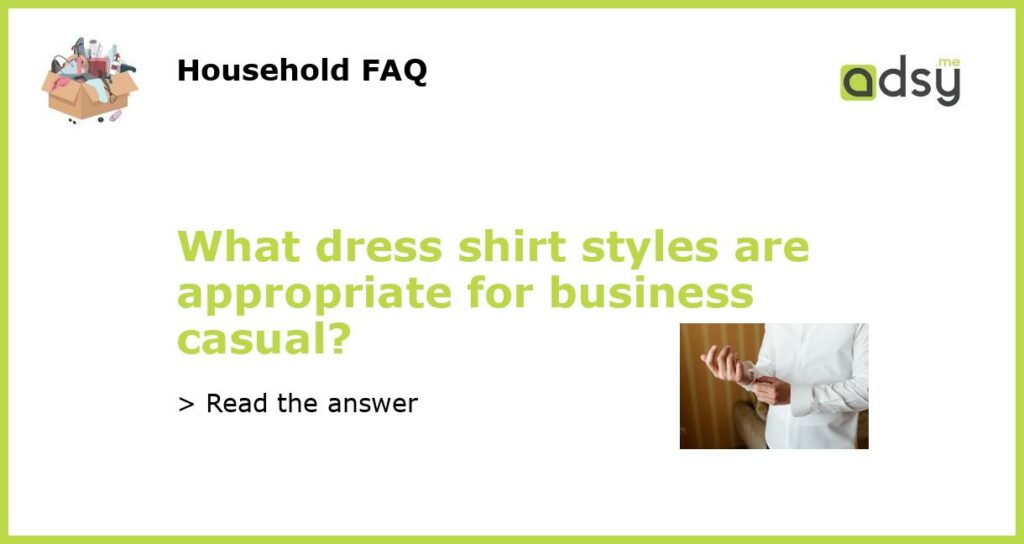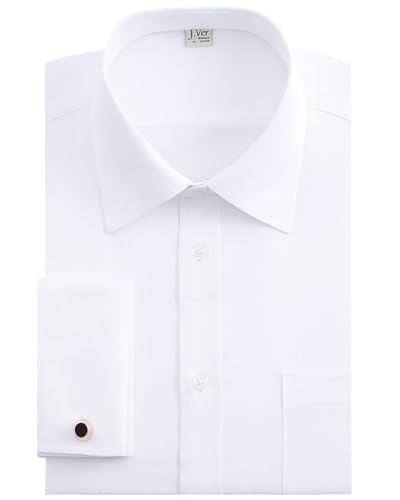Dress shirt styles for business casual
When it comes to dressing for business casual, it can be challenging to strike the right balance between smart and casual. A dress shirt is a staple item for any professional wardrobe, but with so many styles to choose from, it can be difficult to know which are appropriate for a business casual setting. Here are some guidelines to help you choose the right dress shirt styles for business casual.
Button-down collar shirts
A button-down collar shirt is a classic choice for business casual attire. This style of dress shirt has buttons on the collar points, which help to keep them in place. Button-down collar shirts can be worn with or without a tie, depending on the formality of the occasion. They are perfect for a smart-casual office environment or events such as networking or client meetings.
Patterned shirts
Patterned shirts are a great way to add some personality to your business casual outfit. However, it’s important to choose your patterns carefully. Subtle patterns like checks or stripes are a safe choice, as they add interest without being too bold. Avoid loud or garish patterns that may be distracting or inappropriate for a professional setting.
Oxford cloth shirts
Oxford cloth shirts are a timeless classic for business casual dress. They are made from a thicker, more textured fabric than traditional dress shirts, which gives them a more casual appearance. Oxford cloth shirts look great paired with chinos or more casual trousers and are ideal for semi-formal occasions.
Short-sleeved shirts
If you work in a more casual office environment, short-sleeved shirts may be appropriate for business casual dress. However, it’s important to choose the right style of short-sleeved shirt. Look for styles that have a tailored fit and a collar, and avoid any styles with bold prints or logos. Short-sleeved shirts are a great choice for the summer months or if you live in a warmer climate.






